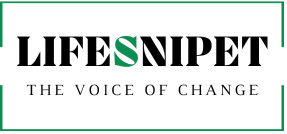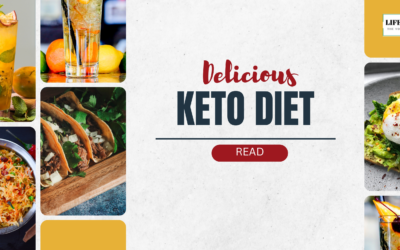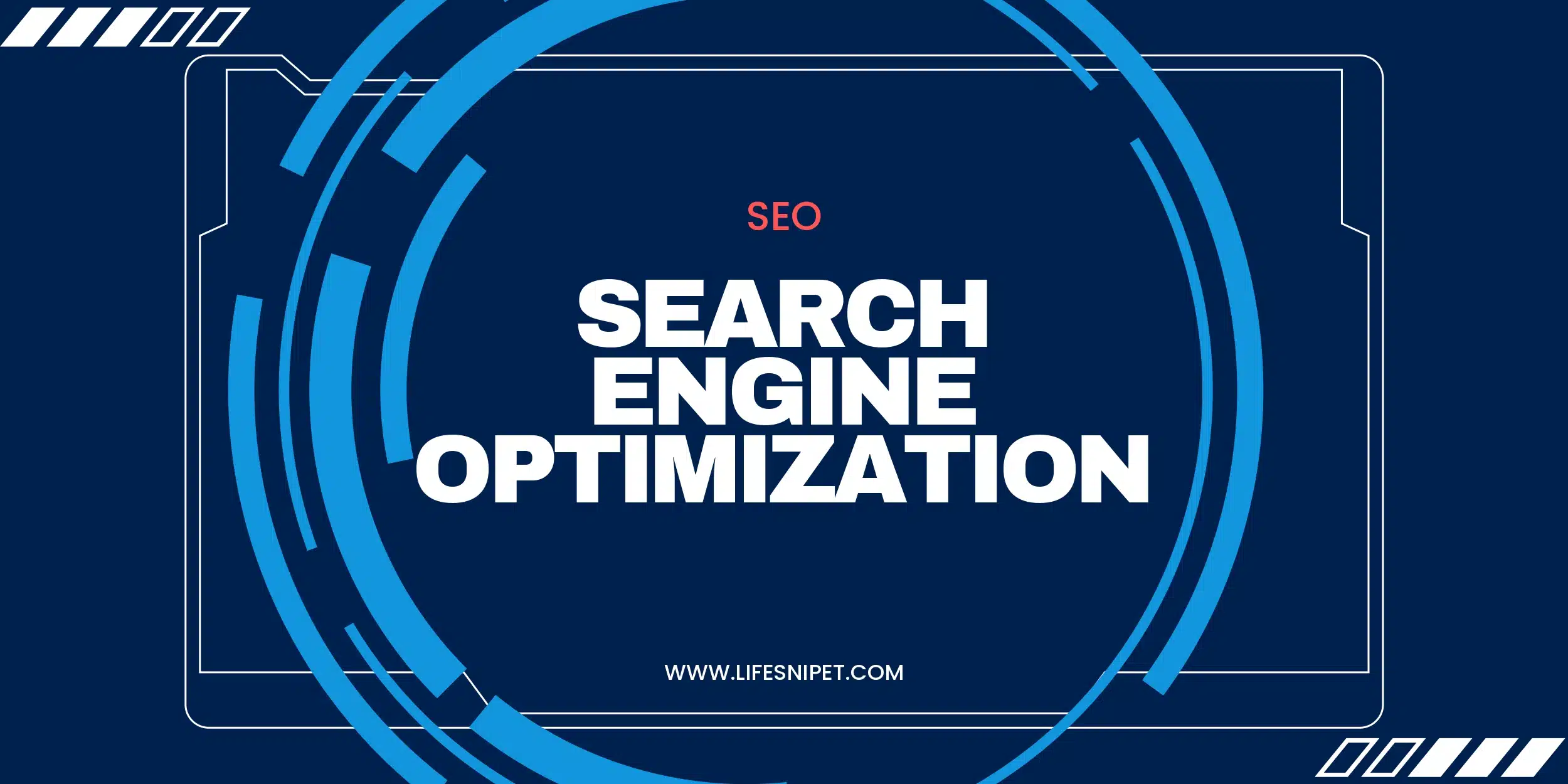In the ever-evolving digital marketing landscape, mastering on-page SEO has become a critical cornerstone for anyone looking to enhance their website’s visibility and performance in search engine results. This aspect of search engine optimization encompasses all measures taken directly within the website to improve its position in the search rankings. Understanding and effectively implementing on-page SEO techniques bolsters a website’s chances of being found by the right audience and lays a foundation for a comprehensive SEO strategy that yields long-term benefits.
Understanding On-Page SEO
On-page SEO, often regarded as the foundation of search engine optimization, entails optimizing various elements directly on your website to enhance its visibility and ranking on search engine results pages (SERPs). This practice not only helps in attracting organic traffic but also plays a pivotal role in improving a site’s overall SEO health.
Key Elements of On-Page SEO
- Content Quality and Relevance: High-quality, relevant content is crucial. It should align with the user’s search intent and include well-placed keywords to boost SEO effectiveness.
- Meta Data Optimization: This includes the strategic use of title tags, meta descriptions, and keyword density to help search engines understand the page content and its relevance to search queries.
- HTML Tags and Structured Data: Proper use of HTML tags (like H1, and H2 for headings) and structured data markup enhances the way search engines index and display your pages.
- Internal Linking: Strategically linking to other pages within your website helps search engines crawl more effectively, distributing page authority and ranking power throughout the site.
- User Experience (UX): Search engines favor websites that provide a great user experience, which includes mobile responsiveness, easy navigation, and fast load times.
Importance of On-Page SEO
On-page SEO is critical because it provides search engines with numerous signals to help them understand the purpose and content of your pages. It is directly controllable by the website owner and, when done correctly, helps ensure that both the content and technical aspects of the site meet the standards required to achieve higher rankings in SERPs.
By focusing on optimizing these on-page elements, website owners can significantly improve their site’s visibility and user engagement, leading to better conversion rates and ultimately more success in their digital marketing efforts.
Creating SEO-Friendly Content
Keyword Research
- Understanding and Utilizing Keywords: The foundation of SEO-friendly content begins with robust keyword research. It involves analyzing terms that audiences frequently search for, which provides a clear view of market trends and user needs. This process helps in identifying high-volume keywords that are crucial for optimizing content and improving search visibility.
- Tools and Techniques: Various tools like Google Keyword Planner, Ahrefs, and SEMrush offer insights into keyword popularity, search volume, and competition. These tools are instrumental in refining the keyword selection that best fits the intended content strategy.
Optimizing Content-Length
- Assessing the Ideal Length: Content length should align with user intent and search query complexity. Studies suggest that longer content often performs better in search results due to its comprehensive nature, which provides more value to the reader.
- Quality Over Quantity: While longer content has its benefits, the primary focus should always be on the quality and relevance of the information provided. Content should address the user’s queries fully and concisely without unnecessary filler.
Using LSI Keywords
- Enhancing Content Relevance: Latent Semantic Indexing (LSI) keywords are terms related to the main keyword. They help search engines understand the content’s context and improve its visibility in search results.
- Integration in Content: LSI keywords should be naturally incorporated into the content, including headings, subheadings, and the main body. This strategic placement improves the overall SEO performance, making the content more likely to satisfy both the search engines’ and the users’ needs.
Optimizing Technical Elements
Title Tags
Title tags play a crucial role in search engine optimization by influencing rankings, click-through rates, and overall traffic volume. They are HTML elements that define the name of a webpage and appear as clickable headlines in search engine results. To optimize title tags effectively:
- Incorporate Keywords: Include relevant keywords to improve the page’s visibility in search results.
- Be Descriptive and Persuasive: Ensure the title is both informative and compelling to encourage clicks.
- Maintain an Appropriate Length: Aim for a title tag length between 50 and 60 characters to ensure it displays properly across different devices.
Meta Descriptions
Meta descriptions are short snippets that summarize a webpage’s content and appear under the page title in search results. Although they do not directly impact search rankings, they influence click-through rates, which can indirectly affect rankings. Key strategies for meta-description optimization include:
- Write Compelling Content: Use action-oriented language and include a call to action to engage users.
- Use the Right Length: Keep meta descriptions within 155 characters to ensure they are not truncated in search results.
- Include Keywords: Strategically place focus keywords to enhance visibility and relevance.
Header Tags
Header tags are essential for both SEO and improving user experience by structuring content and making it easier to read. They range from H1 to H6, with H1 being the most significant. Best practices for using header tags include:
- Use Logical Structure: Start with an H1 tag for the main title and use H2 and H3 tags for subsections to maintain a clear hierarchy.
- Include Keywords: Insert relevant keywords in header tags to help search engines understand the content’s context.
- Keep Headers Concise: Ensure headers are direct and to the point, ideally under 70 characters, to maintain clarity and focus.
By focusing on these key elements, website owners can significantly enhance their site’s SEO performance, making it more likely to attract and engage visitors.
Enhancing User Experience
Page Load Speed
- Optimizing Page Speed: Page load speed is crucial for enhancing user experience and SEO. Implementing measures such as compressing files, minifying CSS, JavaScript, and HTML, and reducing redirects can significantly decrease loading times. Utilizing tools like Google PageSpeed Insights helps identify areas for improvement, ensuring a swift site experience that retains users and reduces bounce rates.
- Leveraging Browser Caching and CDNs: Employing browser caching and content delivery networks (CDNs) effectively reduces load times by storing frequently accessed data on local servers. This strategy ensures that content is delivered faster to users regardless of their geographical location, enhancing the overall user experience.
Mobile Friendliness
- Responsive Design: Ensuring your website is responsive is vital for mobile SEO. A site that adjusts seamlessly across different devices provides a better user experience, encouraging longer engagement times and potentially higher conversion rates. Implementing a thumb-friendly design for easy navigation and readable fonts enhances mobile usability.
- Optimizing for Mobile: With the increasing prevalence of mobile browsing, optimizing for mobile devices is non-negotiable. Techniques such as improving server response times, optimizing images, and minimizing code are effective strategies to enhance mobile site performance.
Internal and External Links
- Internal Linking Strategies: Effective use of internal links not only aids in SEO but also improves user engagement by making site navigation intuitive. By linking to relevant pages within your site, you help users find valuable information easily, which can increase the time they spend on your site and reduce bounce rates.
- Value of External Links: Incorporating external links to authoritative and relevant sources can boost the credibility of your content. Ensuring these links open in new tabs keeps users engaged with your content while providing additional information, thereby enhancing the user experience and trustworthiness of your site.
Conclusion
Throughout this guide, we traversed the multifaceted landscape of on-page SEO, highlighting its critical role in improving website visibility and performance in search rankings. By delving into the development of SEO-friendly content, optimizing technical website elements, and enhancing user experience, we’ve underscored the foundational strategies that empower site owners and content creators to not only meet but exceed the evolving standards of search engines. It is this comprehensive understanding and application of on-page SEO that paves the way for a more visible, engaging, and successful website.
As we conclude, it’s essential to remember that on-page SEO is not a one-time task but a continuous effort to align with both search engine algorithms and user expectations. Website owners can ensure their site remains competitive and relevant by consistently applying the techniques outlined, from keyword optimization to improving site speed and mobile responsiveness. The journey toward SEO mastery is ongoing, and the strategies shared here serve as a steadfast guide in navigating the dynamic and rewarding path to online visibility and success.
FAQs
1. What key techniques should be used in on-page SEO?
To effectively implement on-page SEO, ensure you include your target keyword in the URL, optimize your page title, and use header tags. It’s also important to integrate keywords thoughtfully into your body copy, utilize images and other visuals, add a compelling meta description, use alt-text for images, and incorporate internal links to other pages on your site.
2. How do on-page and off-page SEO differ?
On-page SEO focuses on optimizing elements directly on your website to attract search engines and users, such as content, title tags, and internal links. Off-page SEO, on the other hand, involves activities outside your website, such as building backlinks, social media marketing, and other techniques to enhance your site’s trust and authority.
3. What is on-page SEO?
On-page SEO, also known as on-site SEO, involves optimizing elements on your website to improve search engine visibility and user experience. This includes refining title tags, content, internal links, and URLs, among other factors, to boost ranking and performance in search engines.
4. What are the three crucial steps for a successful SEO strategy?
A successful SEO strategy can be broken down into three primary steps: First, conduct thorough keyword research to understand what your audience is searching for. Second, optimize your web pages around these keywords. Third, focus on link building by acquiring high-quality links from reputable sources to increase your site’s authority and visibility.

Welcome to LifeSnipet! At LifeSnipet, we’re your ultimate source for the latest health updates. Specializing in health and fitness-related diseases, we delve deep into Ayurvedic techniques, providing you with a comprehensive understanding of well-being. Explore our real-time updates, detailed articles, and ancient Ayurvedic wisdom for a holistic approach to health. Embark on a journey to a healthier, vibrant life with LifeSnipet – where your well-being is our priority!











